Happy Holi Wishes In Odia: Happy Holi Odia wish, Holi Odia song, Holi odia Status, Holi messages for Odia people. Happy holi odia images download.
Holi is a popular most well-known Hindu festival, which has been celebrated for many years. This festival is celebrated annually on the full moon day in the Hindu month of Phalguna. In 2023, Holi will be celebrated on Wednesday, March 8th.
Holi Wishes In Odia
One of the most well-known festivals in Odisha is Holi. On the occasion of this festival, everyone wishes their loved one Holi. Here are some Holi wishes in Odia.
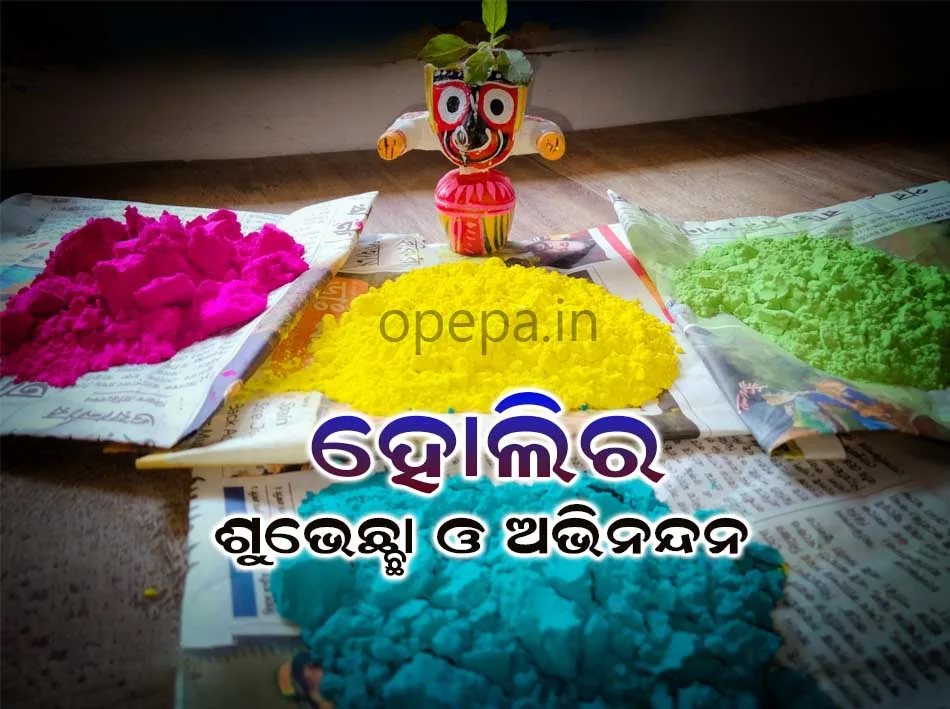
Happy Holi Messages For Odia People
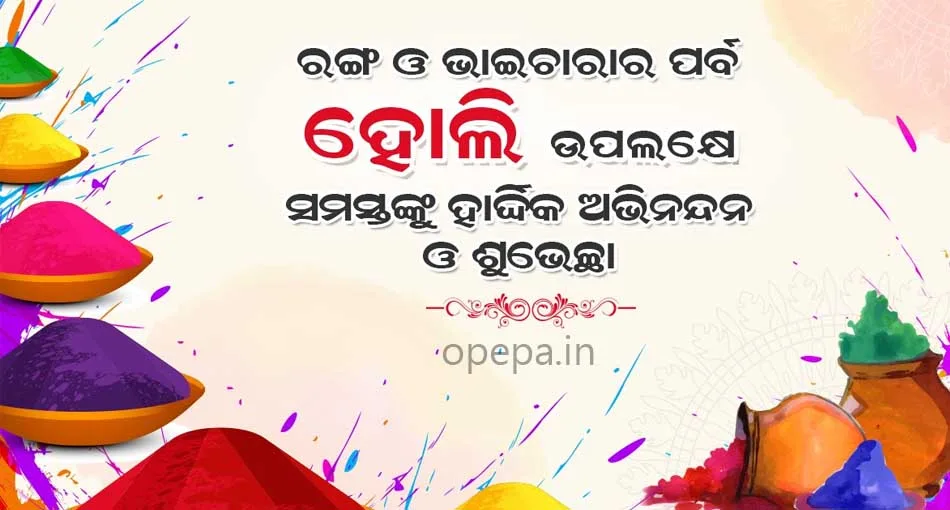
Happy Holi Odia Wishes Overview
| Post Name | Holi Wishes In Odia |
| Festival Name | Holi ( ହୋଲି) |
| State | Odisha |
| Date | 08 March 2023 |
| Download Image | Click Here |
| Category | Wishes |
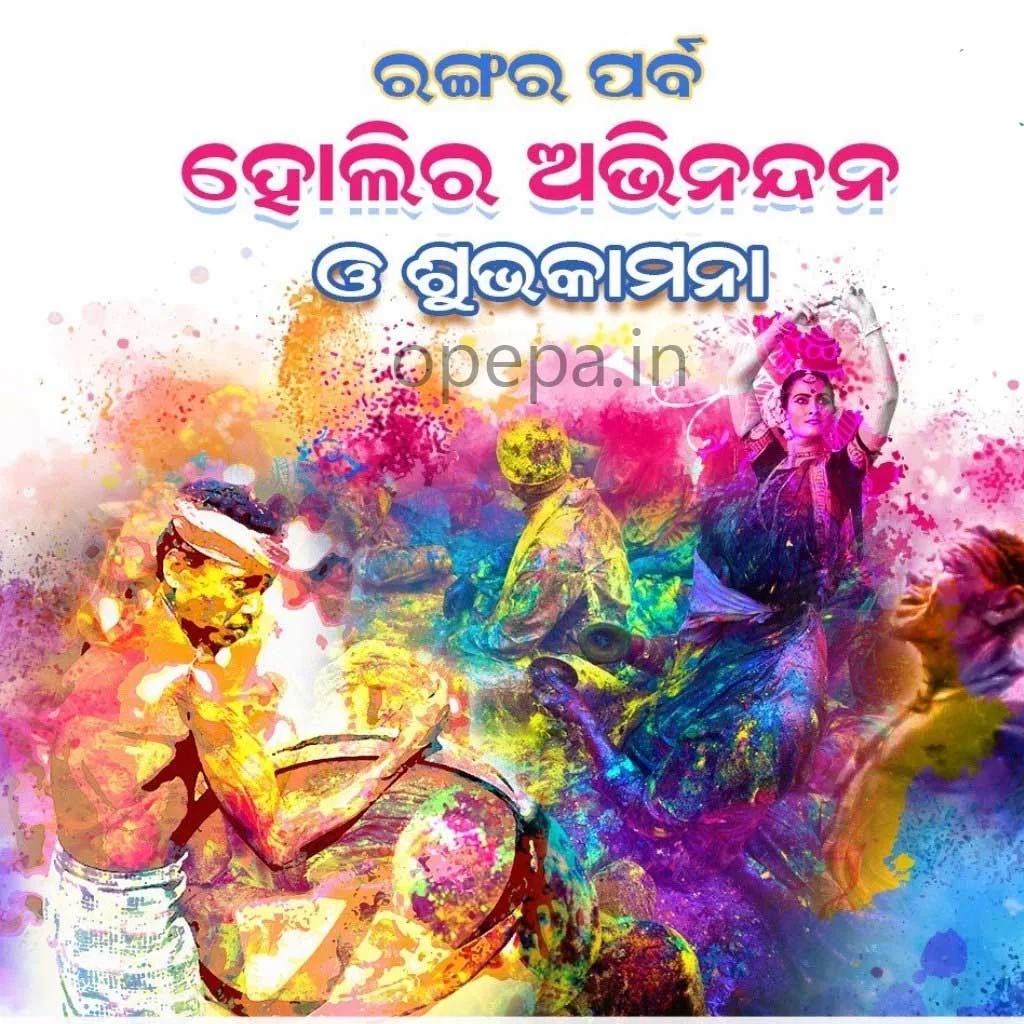
Holi Whatsapp Status In Odia

Happy Holi Images In Odia
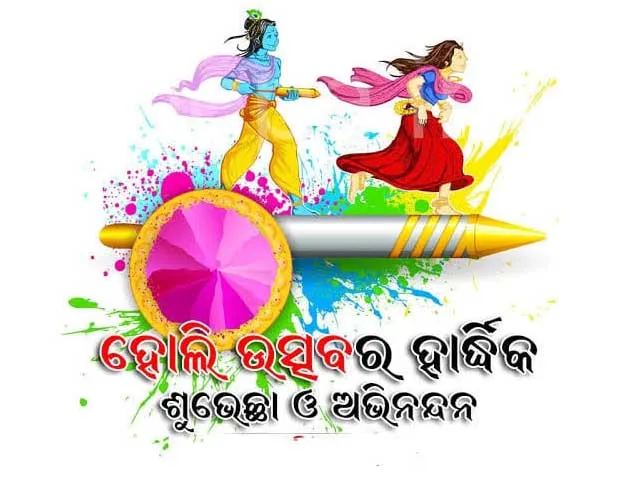
Holi Odia Shayari
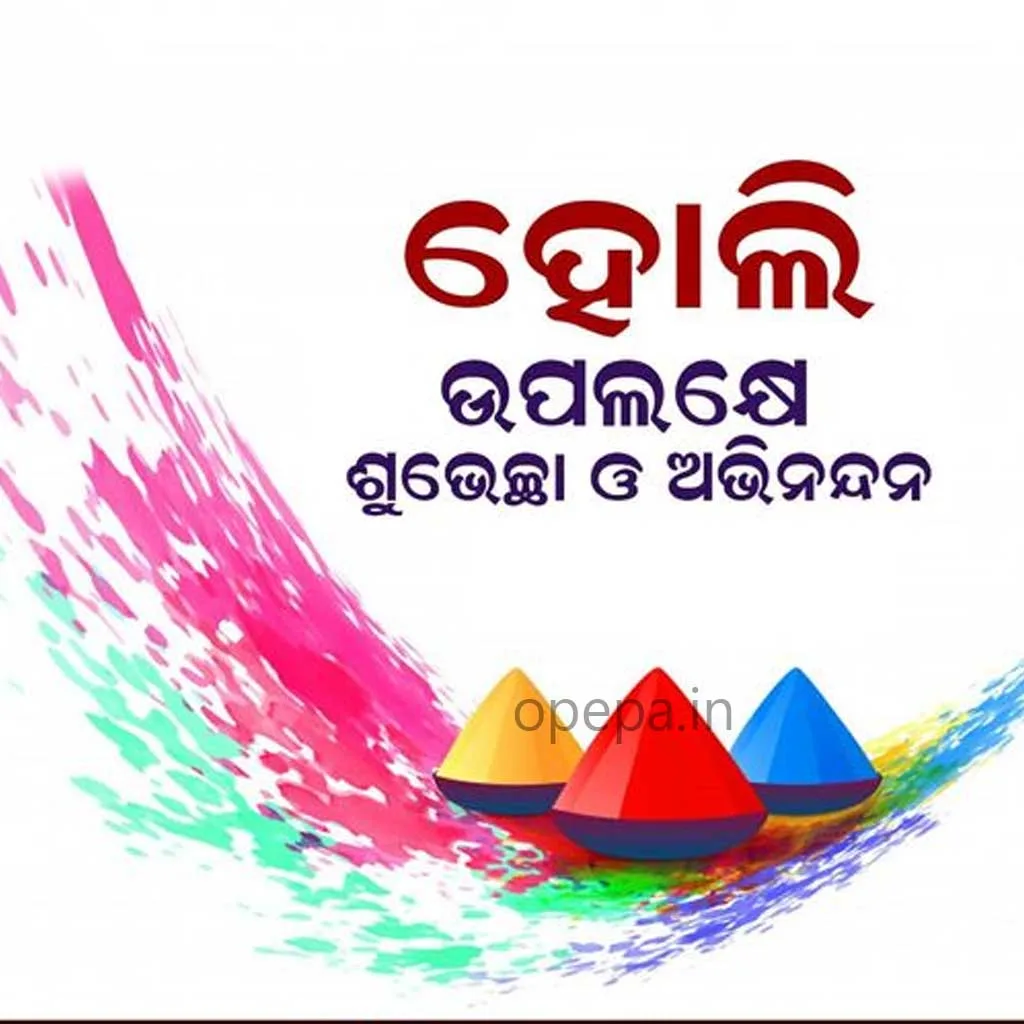
Happy Holi Greetings in Odia

More Facts About Holi
One of the most well-known Hindu festivals is Holi, which has been celebrated for many years. It honours the eternal and divine love of the Hindu deity Radha Krishna. As it commemorates the triumph of the god Vishnu as Narasimha Narayana over Hiranyakashipu, the day also denotes the victory of good over evil It was created and is primarily observed in the Indian subcontinent, but thanks to the Indian diaspora, it has also spread to other parts of Asia and the Western world.
Holi is a festival that marks the start of summer in India, the end of winter, and the blossoming of love. For many, it is a joyous day to socialize, have fun, laugh, forget, and mend fences. Invocations for a fruitful spring harvest are also made during the festival. It starts on the evening of the Full Moon Day (Purnima), which falls in the Hindu calendar month of Phalguna and corresponds to the middle of March in the Gregorian calendar.

The Festival of Colors, the Festival of Spring, and the Festival of Love are other names for the Holi celebrations. The night before Holi, people gather for a Holika Dahan, during which they engage in religious rites in front of a fire and pray for the annihilation of their inner evil.
The following morning is Rangwali Holi (Dhuleti), when people smear and douse one another in colour. Everyone and anywhere is considered fair game when using water guns and water-filled balloons to play and colour each other. Drums and other musical instruments are frequently carried by groups as they move around singing and dancing. People visit family members throughout the day, and both friends and enemies gather to chat, eat, drink, and partake in Holi treats
Holi celebrations In Odisha
Holi is known as “Dola Purnima” here, but Lord Jagannath’s idol is displayed on the swing instead of Krishna and Radha’s. This is true due to Puri’s well-known Jagannath temple. Jagannath is merely a synonym for Krishna, too.

In a procession around the city’s main streets, the palanquin carrying the idol of Lord Jagannath is brought out. While women dance and sing devotional songs around it, devotees take turns swinging it. Men continue to spray coloured water, coloured powder, and “abeer” at them throughout this.
Milkmen’s Celebrations or Dola Jatra
Since Krishna belonged to their clan, milkmen known as “gwalas” carry the palanquin on their shoulders in the evening. Dandi Khela and other games are also played to commemorate the event. The Lord Jagannath idol is kept in a special tent called a “jhoolan mandap” during the night.
The Lord’s idol is treated with abeer the following morning. Following that, people enjoy festive specialities like pethas and laddoos made of puffed rice and sesame seed while having fun with colours. Idols are bathed in a pond and brought back to the temple in the late afternoon.
Here too, Holika is set ablaze in the evening as a representation of good triumphing over evil. After the bonfire’s ashes have been carefully removed, married women mark the location with drawings made from a paste made of ground-up, sun-dried rice and water.
Conclusion
On this happy occasion, people of all ages engage in colourful, watery, and floral play. They hurl gulal or coloured powder at one another. The younger members of the family gulal the elders for their blessings. People visit their friends and loved ones. Everyone enjoys spending time with their loved ones while enjoying delectable foods like thandai and gujiya.
